Cricketers: How to Stop Low Back Pain
Cricket season is upon us! Finally we are out of the perils of the Canberra winter! For those of us who aren’t fortunate enough to be paid to chase the red leather around and haven’t had a good winter to get ready – it is time (if not past time) to start preparing the body for the upcoming season.
Here at Sport and Spinal Physiotherapy we see a lot of injuries throughout the summer relating to cricket. A hit from a cricket ball during delivery or fielding may result in bruising or fractures. A fielder/bowler may injure themselves while stopping that ball getting to the boundary. Cricketers can also suffer from a range of overuse injuries associated with all aspects of the game. This includes running, throwing, keeping, batting and bowling – the latter being the most common.
A large proportion of these injuries involve the lower back. A large proportion of low back pain injuries happen in the up and coming young fast bowler.
This article will:
- provide some education regarding low back pain, particularly in young fast bowlers
- explain how technique plays a role
- show the best ways to try and prevent low back pain in the upcoming season.
Low Back Pain & Injuries
Injuries to bowlers in cricket are frequent, with fast bowling being the most injury prone discipline in the sport. Bowling, particularly fast, places a huge strain on the lower back. It has been reported that a force of 8-10 times body weight is transmitted through the body in the bowling action. Most of this force being at front foot landing of the delivery stride. This force, combined with extreme lumbar (lower back) range of movement, puts the lumbar spine at risk of injury. Due to the repetitive nature of bowling and the long duration of some formats of the game, bowling injuries tend to be overuse and often present gradually over time. In younger fast bowlers (under the age of 25), lumbar stress fractures or spondylolysis are the most widespread overuse injury.
A stress fracture happens in a specific section of bone in the lower back (known as the pars interarticularis). This is typically as a result of repeated or forceful hyperextension (lean back) activities especially when combined with rotation. It is particularly common in the younger athlete, and during periods of rapid growth. A stress reaction or fracture generally presents as one-sided lower back pain that increases with hyperextension activities (such as bowling) and decreases with rest. Pain can radiate to the buttock or into the thigh, but generally comes without any other ‘neurological’ signs (P&Ns, leg weakness, numbness).
These injuries tend to occur on the non-bowling arm side of the lower back and are typically due to technique errors (such as a ‘mixed bowling action’ or excessive ‘counter rotation’) and/or excessive bowling workloads.
Physiotherapy is beneficial in the rehabilitation of lower back injuries related to cricket. Ideally we wouldn’t even be seeing these walking through the door as the appropriate preventative measures would be in place.
Bowling Technique & Back Pain
Appropriate technique (or lack of) has found to have a strong correlation with low back injury in the up and coming fast bowler.
Research has shown that greater than 2 x the force of body weight is transferred through the body at rear foot landing of the delivery stride in a fast bowler, and up to 8 x the force at front foot landing of the delivery stride. Additional forces are also produced through trunk hyperextension, lateral flexion (sideways bending) and rotation (twisting).
Fast bowlers have generally been classified as having a side-on, front-on or mixed technique.
Most bowling actions are side on, which means the shoulders are square to the batsman, with the rear foot landing side on in the delivery stride. Think the classical Dennis Lillee action from back in the heyday.
Side on technique:

In a front on technique the bowler will tend to have an open chest, with the rear foot landing with the toes pointing towards the batsmen. Although not as popular, the front on technique is not ‘wrong’ as such, as the load put through the spine involves minimal rotation. England’s Andrew Flintoff was a good example of the front on technique.
Andrew Flintoff bowling technique:
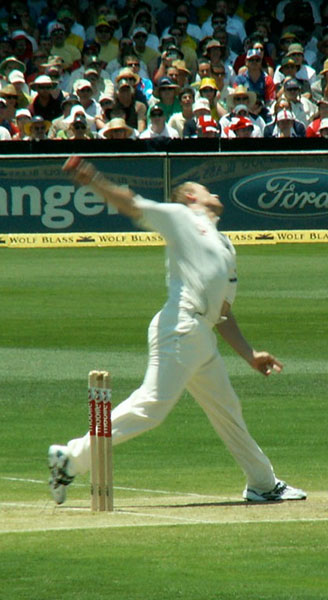
A mixed technique generally involves the lower body hitting the delivery stride front-on, while the upper body is in the side-on technique position. This results in a counter-rotation of the upper body away from the batsman. Counter-rotations of 12-40 degrees predict an increase of lumbar bony injury, disc abnormality, and muscle injury in fast bowlers.
Research has also shown that the mixed bowling action has increased side-bend and hyperextension as the front foot hits the ground. This increases the risk of stress reaction in the lower back.
Ideally coaches should be able to pick up on a mixed action in the teenage fast bowler. Following identification, then direct them towards using a side-on or front-on technique. This will overall decrease the rotational force through the lumbar spine.
In saying that, I have been watching clips of a lot of bowling actions recently, and many bowlers are landing their back foot pointing 45d from the batsman – this seems to be OK as long at the upper body is following through in the same position.
I have had to work hard with young bowlers on their bowling technique in the clinic as part of their rehabilitation following stress-related bony injury to their lower back.
Bowling Workload and Back Pain
Bowling workload has been the focus of a lot of cricket research. A lot of this research has come out of Australia, particularly led by Dr John Orchard (current Chief Medical Officer of Cricket Australia and Cricket NSW).
Studies have shown that a high bowling workload increased the subsequent risk to sustaining an injury 1, 3 or 4 weeks later. This is particularly true if it represented a sudden upgrade from a lower workload. Be careful leading into the season, and try to slowly build up the bowling workload. Especially don’t just jump straight back into what you were bowling in the middle of last season!
Furthermore, it has been shown young Australian fast bowlers that bowl more than 50 balls in a day, more than 2.5 days a week are at an increased risk of injury. Those that have more than 3.5 rest days between bowling decrease the risk of injury.
Cricket Australia Junior cricket policy has promoted that bowling workloads should not exceed the figures in the table below:
| Age group(years) | Number of deliveries per match innings | Number of training sessions per week | Number of deliveries per training session | Maximum sessions per week | Maximum deliveries per week |
| Under 13 | 48 | 2 | 30 | 3 | 108 |
| Under 15 | 60 | 2 | 36 | 3 | 132 |
| Under 17 | 96 | 3 | 36 | 4 | 204 |
| Under 19 | 120 | 3 | 42 | 4 | 246 |
Ankle, hip and thoracic mobility and Back Pain
Keeping the rest of your body moving appropriately is beneficial in lowering the chances of an injury to your lower back. When preparing the body for the rigours of fast bowling, the ankle, hip and thoracic (mid-back) movements are often overlooked.
Here are a couple of basic stretches to help out joint movement of the ankle and the hip:
Exercise 1 – Figure 4 on the Floor
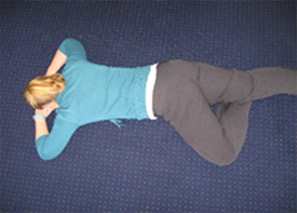
Lie on your tummy on the floor. Bend the knee of the hip you want to stretch and place it underneath your other thigh. Squeeze your buttocks and try to push your hip to the floor.
Exercise 2 – Sitting on Your Feet

Kneel on the ground or Kneel on the ground with a rolled towel under your toes.Sit back on your heels
I have previously written an article about thoracic mobility. This explains how the thoracic wedge (a great mobility tool) can be of benefit. The wedge is a great way to help improve and maintain thoracic extension, a great utility to assist a fast bowler. The needle and thread stretch is also a good way to aid movement of the mid to upper back:
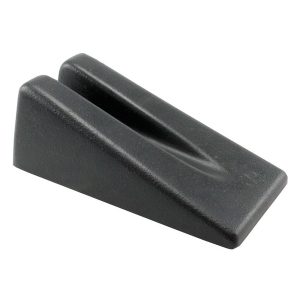
Exercise 3 – Needle & Thread
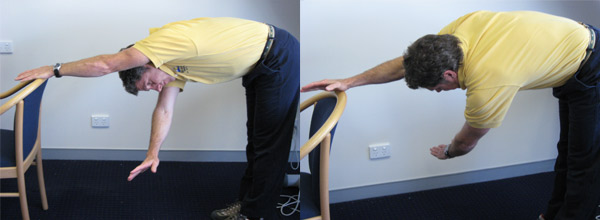
Lean forwards and place both hands on a chair, extend your back. Keep your elbows straight and push your shoulders to the floor. Whilst pushing your chest towards the floor and keeping your arm straight take one hand and reach through to other side, rotating your trunk.
Lumbar Stability and Back Pain
Having adequate muscular control around your pelvis and lumbar spine is obviously very important in any activity that involves repeated forceful movements of the lower back.
Jim Fuller (our physio-man-in-tights-pilates-extraordinaire) has previously written a couple of excellent articles. These explain the benefits of core stability and how pilates exercises can help. His second article also has some great videos explaining 5 top pilates exercises for your back.
In summary, make sure the upcoming teenage fast bowler makes the most of the upcoming cricket season:
- be sure that his/her technique is adequate
- Slowly build up the bowling workload, and don’t let it become too much.
- look after the rest of their body and keep mobile
- have a plan to keep their core stability at a level to match their fast bowling prowess.
And above all, enjoy the game and play hard but fair. Be sure to help me support the New Zealand Black Caps when they play here in Canberra in December!
References:
http://www.physiotherapylinks.com.au/report-injury-teenage-fast-bowlers/
Back injuries and the fast bowler in cricket. Elliott BC J Sports Sci. 2000 Dec;18(12):983-91.
Olivier, B., Taljaard, T., Burger, E., Brukner, P., Orchard, J., Gray, J., Botha, N., Stewart, A., Mckinon, W. (2016). Which Extrinsic and Intrinsic Factors are Associated with Non-Contact Injuries in Adult Cricket Fast Bowlers? Sports Medicine, 46(1), 79-101
Are Fast-Bowlers Prone to Back Injuries? Prevalence of Lumbar Spine Injuries in Fast-Bowlers: Review of MRI-Based Studies. Asian J Sports Med. 2014 Dec; 5(4): e24291
Is bowling workload a risk factor for injury to Australian junior cricket fast bowlers? Br J Sports Med 2005;39:843-846 doi:10.1136/bjsm.2005.018515
http://www.ncbi.nlm.nih.gov/pmc/articles/PMC4335482/
http://www.johnorchard.com/resources/article-CA2011InjuryReportSH_opt.pdf

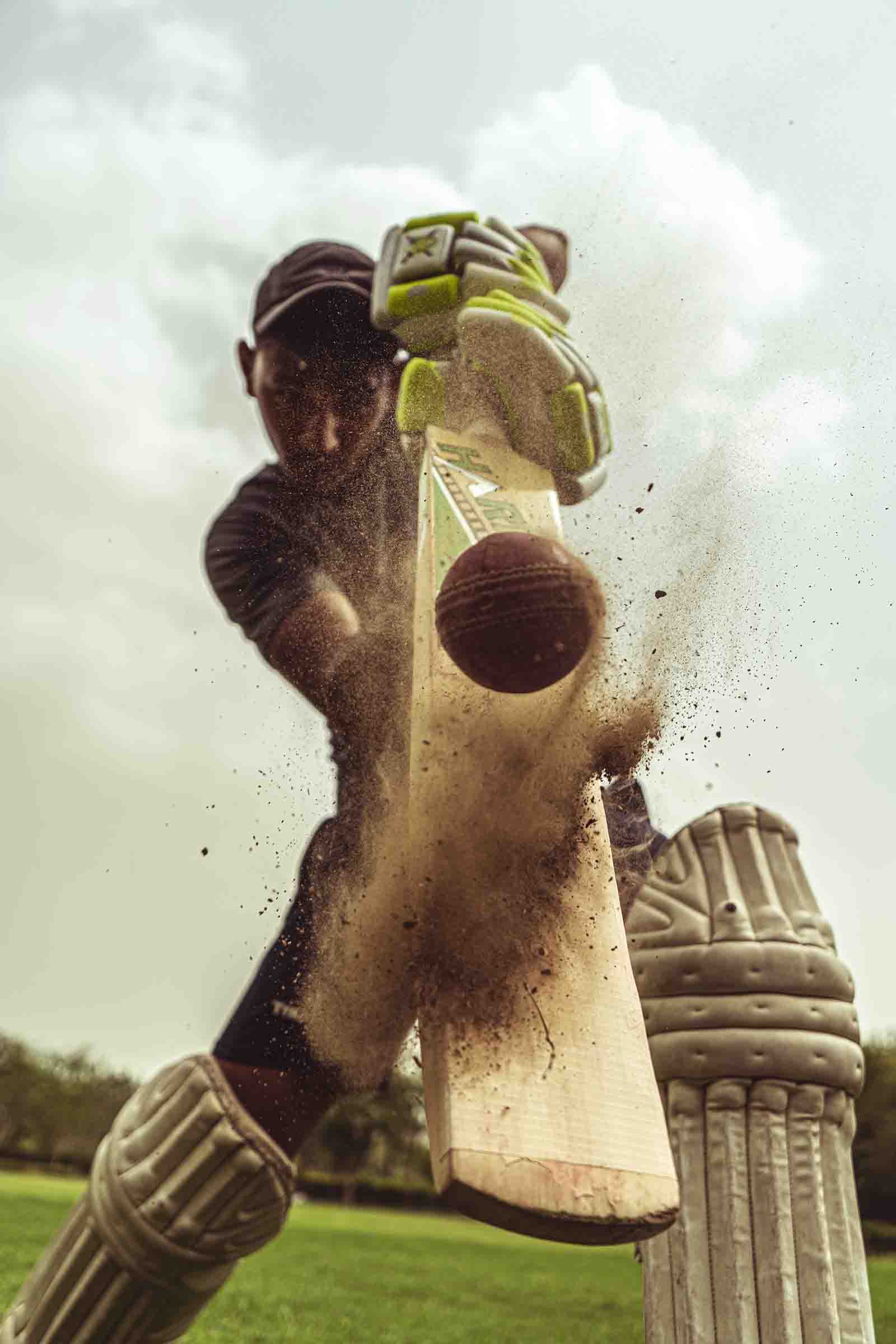
I found it interesting when it was mentioned how that when young fast bowlers bowl more than 50 balls a day, more than 2.5 days a week, they are at an increased risk of injury. I enjoy playing cricket, but I’ve been feeling quite a bit of pain recently when playing. I think it is time to meet with a lower back pain specialist.